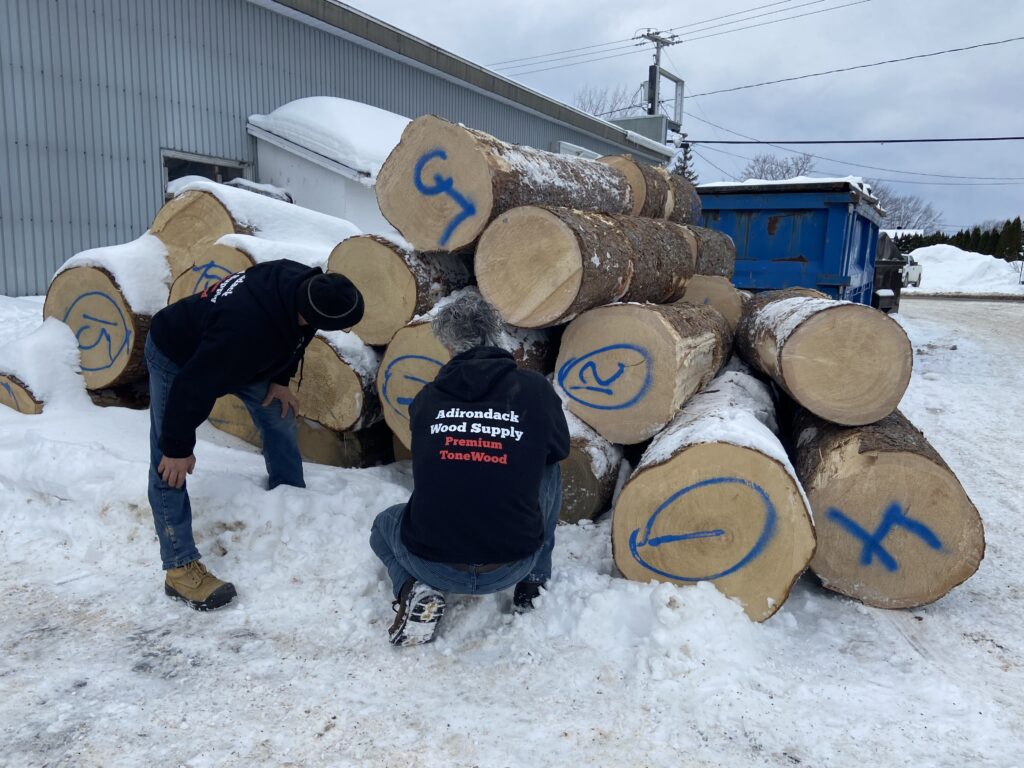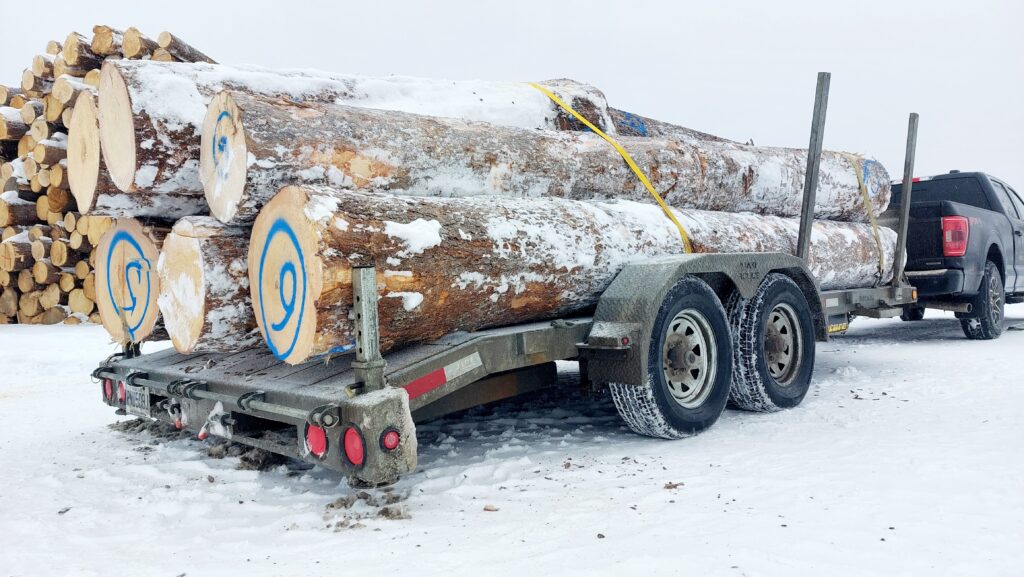
WHY ADIRONDACK SPRUCE MATTER
Often referred to as Eastern red or Appalachian spruce, Adirondack spruce has defined the sound of acoustic guitars and other select stringed instruments of the pre-WWII period. As another generation of trees is slowly growing, the availability of Adirondack spruce is starting to increase slightly, although the trees are still noticeably smaller than ancestors.
Current supplies of Adirondack tend to lack a certain aesthetic purity (they tend to be wider-grained and more uneven in color and patterns) but tonally, Adirondack is more powerful and cleaner sounding than Sitka spruce, and has the potential for a higher volume. The payoff is the ability to play an Adirondack soundboard hard and listen to it get louder and louder without losing sound quality.

TORREFIED SPRUCE FOR STRINGED INSTRUMENT
Heat curing wood, also known as “torrefaction”, is a drying process that accelerates the natural aging of wood typically used for the production of stringed instrument, most frequently for their soundboards.
Once the curring process is complete, the appearance of the wood has changed and it now features the golden brown coloration commonly seen on may vintage instruments. Not only does torrefaction modify the appearance of the wood, it enhances the voice of the instrument. It also naturally causes the wood to be stiffer and lighter, all excellent features when it comes to soundboards.